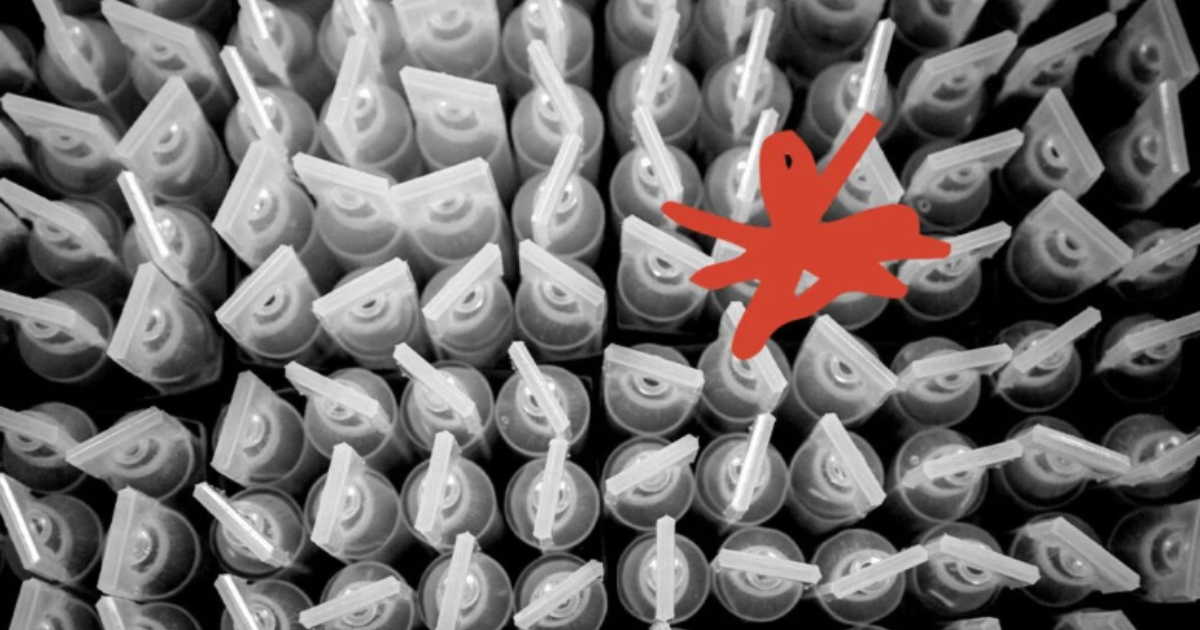Glioblastoma, a highly aggressive brain cancer, has low survival rates due to its evasion of immune detection and rapid spread. Immunotherapies struggle to cross the blood-brain barrier, making treatment challenging. Researchers developed a gel containing immunotherapy agents, showing improved survivability in mice, offering hope for future advancements.
- Glioblastoma is a form of brain cancer that has very low survivability rates.
- This is partly due to the fact that glioblastoma cancers evade detection by the immune system, and spread aggressively.
- Many recent improvements in cancer survivability rates are due to the use of immunotherapies, but it is difficult for these to cross the blood-brain barrier to treat brain cancer.
- Researchers have now created a gel that can be injected into the tumor cavity left following surgery. The gel, which contains immunotherapies to help the immune system to kill any remaining cancer cells, was tested in mice.
Though cancer death rates are improving overall, there are still some cancers that have poor survivability. One of those cancers is glioblastoma, a type of brain cancer that affects astrocyte cells in the brain.
Dr. Aung Bajaj, a medical oncologist and hematologist with Arizona Oncology, not involved in this study told Medical News Today that “glioblastoma multiforme is considered the most aggressive type of brain tumor, and patients who are diagnosed with glioblastoma multiforme typically live around 1-2 years.”
“It is treated with surgical resection followed by a combination of radiation and chemotherapy. If the cancer is maximally resected, the prognosis tends to be better. However, maximum resection is not always possible due to its infiltrative properties, where glioblastoma multiforme coexists with normal brain tissue, and extensive surgery for complete removal could compromise a patient’s neurologic function,” he noted. Getting chemotherapies into the brain is challenging because of the blood-brain barrier, which prevents molecules over a certain size from reaching the brain.
One form of therapy given for glioblastoma is Gliadel wafers, which are small patches that slowly release a form of chemotherapy into the cavity left behind by the surgery, bypassing the problem posed by the blood-brain barrier. Immunotherapies have greatly improved cancer survival rates for many other types of cancer, but the blood-brain barrier has made it challenging to replicate this success for brain cancer, explains Dr. Bajaj: “Blood-brain barrier limits the passage of therapeutic drugs crossing into the brain. Therefore, designing immunotherapy or anti-neoplastic molecules that effectively cross the blood-brain barrier has been difficult.”
In a recent study led by Dr. Honggang Cui, an associate professor from Johns Hopkins University, researchers showed that a type of gel they had developed containing immunotherapy agents improved survivability in mouse models. The study findings appear in Proceedings of the National Academy of Sciences
Source: Medical News Today

